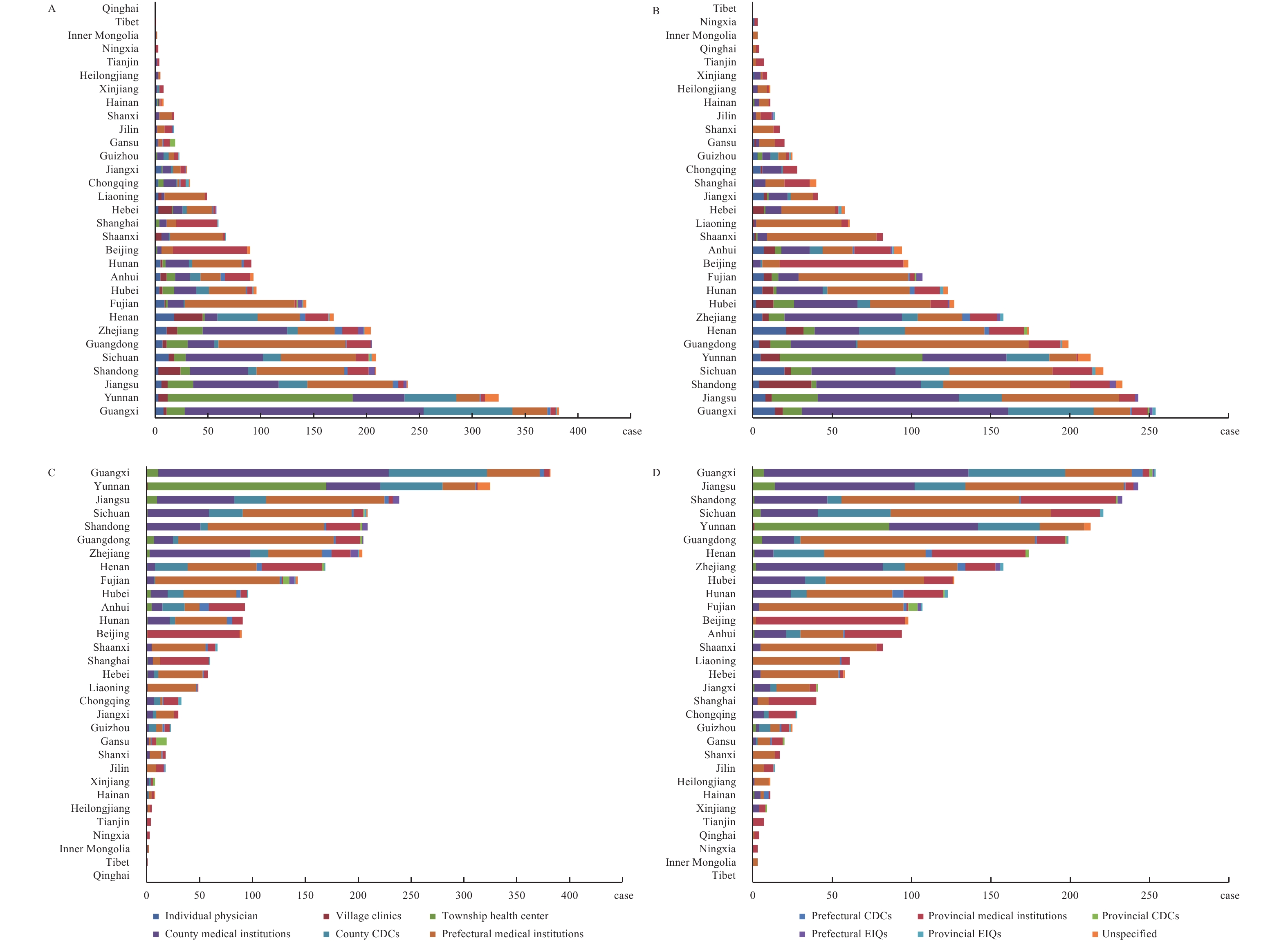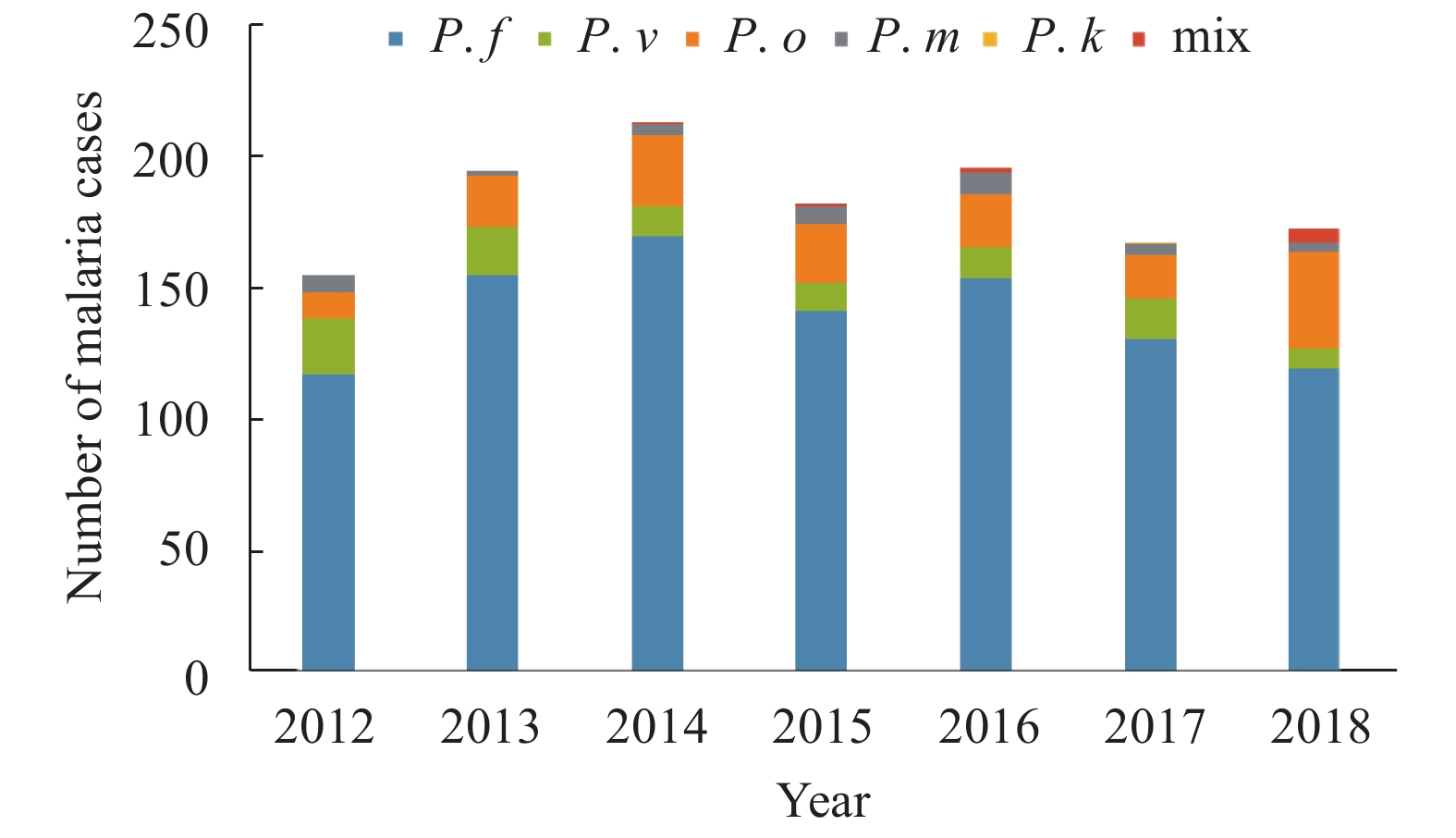2020 Vol. 2, No. 17
What is already known about this topic?
Prompt, accurate diagnosis is an essential part of malaria elimination strategies. Insufficient malaria diagnosis capacity will be a potential risk for malaria reintroduction.
What is added by this report?
Health facilities at the county and prefectural levels were the most concentrated facilities for initial diagnosis of malaria (68.2%) and confirmation (76.4%). More than 65% of cases could not be diagnosed within 1 day of onset, and only 89.4% of laboratory-confirmed cases were accurate.
What are the implications for public health practice?
Malaria health education should be strengthened to improve public awareness and health professionals’ vigilance of malaria, thereby shortening the diagnostic intervals. In addition, the capacity of malaria diagnosis, especially Plasmodium speciation, should be improved to ensure accurate diagnosis and appropriate treatment.
What is already known about this topic?
The “1-3-7” approach to malaria surveillance and response was a key measure for malaria elimination in China and was first introduced into the World Health Organization (WHO) as an international guideline for malaria surveillance and response in 2018.
What is added by this report?
The “1-3-7” approach was well implemented in Henan Province from 2012−2018. Over this study period, a total of 1,294 malaria cases were detected and reported, and all cases were diagnosed and reported within 1 day with 99.23% (1,284/1,294) of cases were investigated within 3 days. In addition, 93.7% (1,212/1,294) of foci were investigated and vector control was implemented within 7 days at all residual non-active foci to prevent further spread.
What are the implications for public health practice?
The “1-3-7” controlling pattern would be an effective and approachable method for implementation especially in malaria-eliminating countries and regions, but the interval from symptom onset to diagnosis cannot be ignored. Thus, the roles and responsibilities that all actors involved in the health sector must be specified too.



 Subscribe for E-mail Alerts
Subscribe for E-mail Alerts CCDC Weekly RSS Feed
CCDC Weekly RSS Feed

